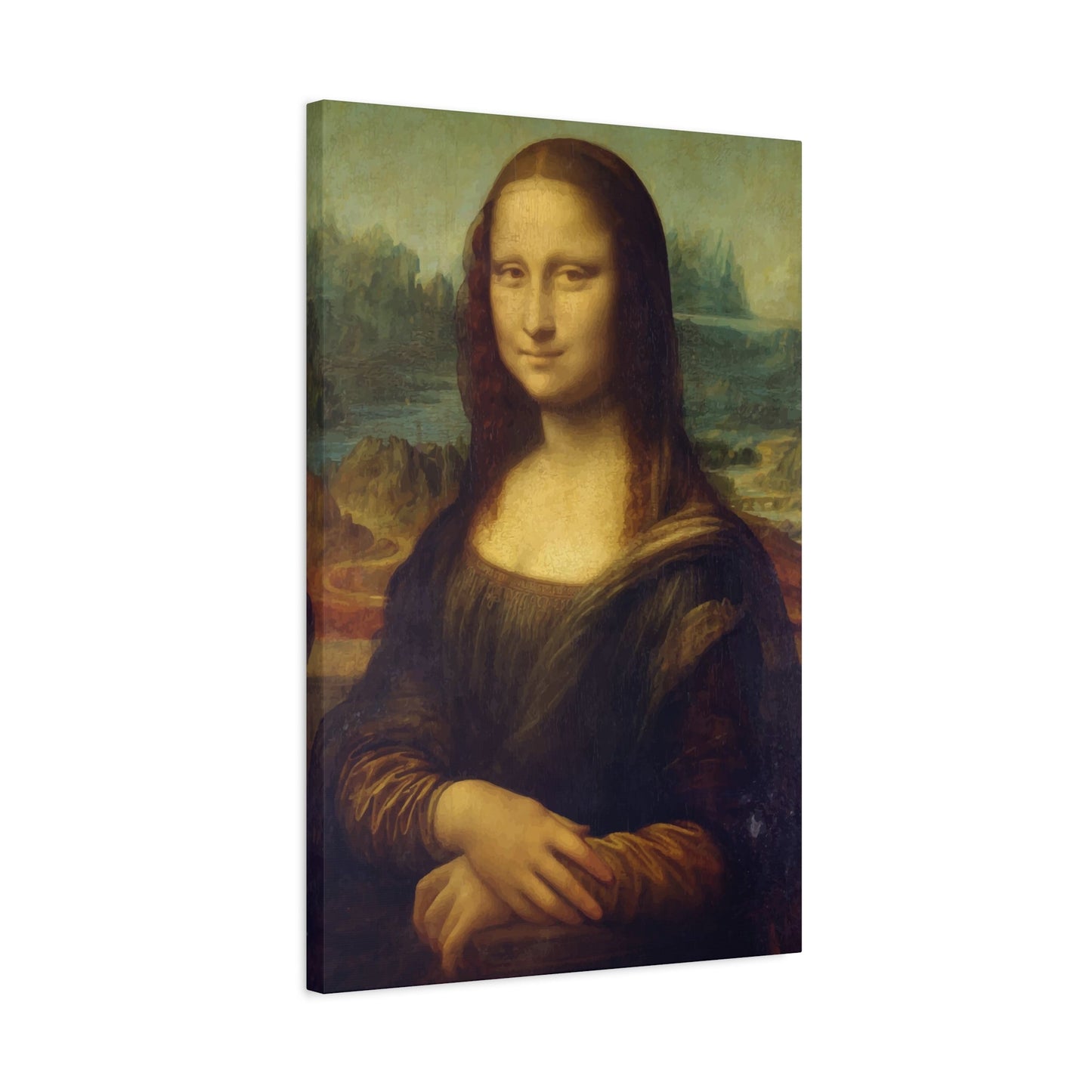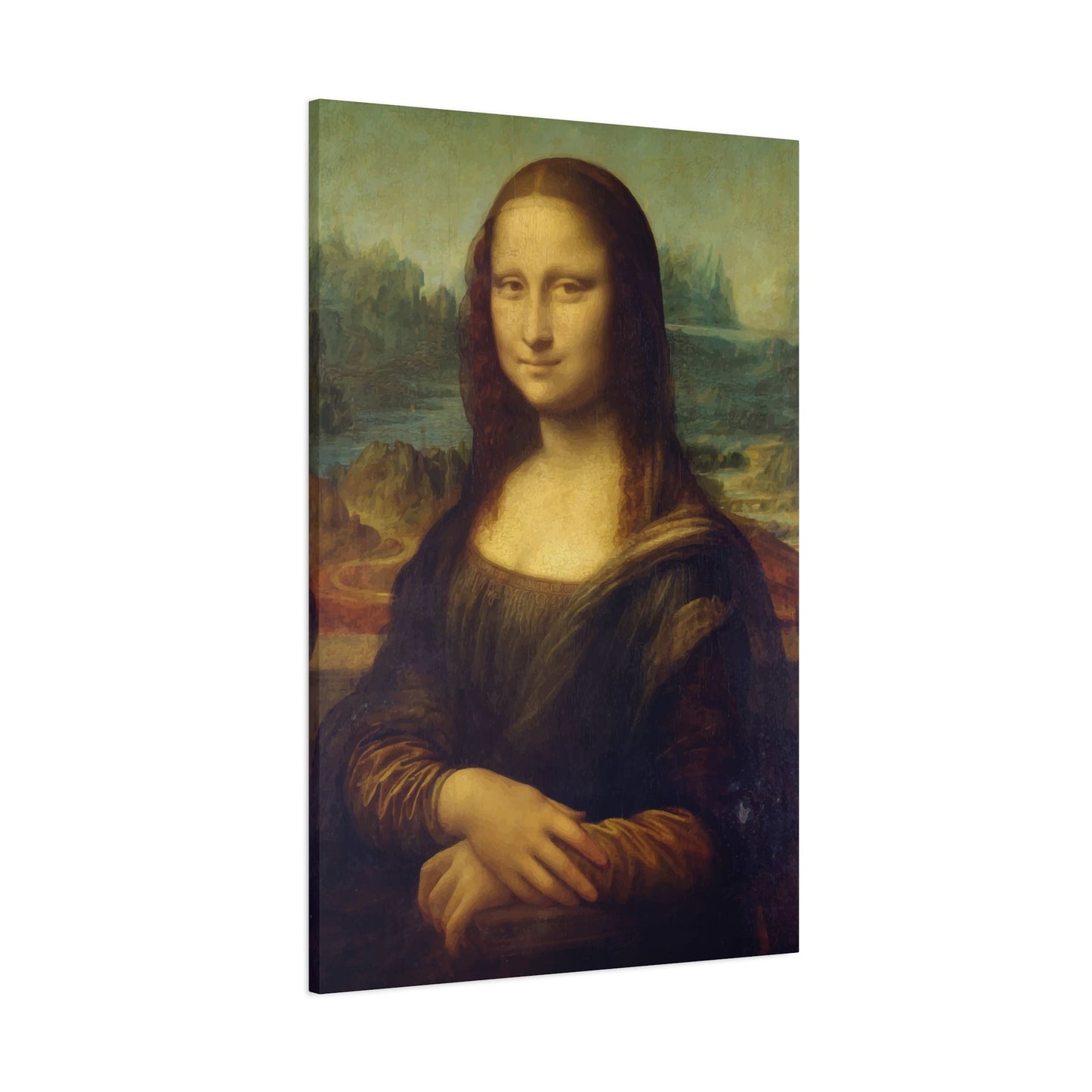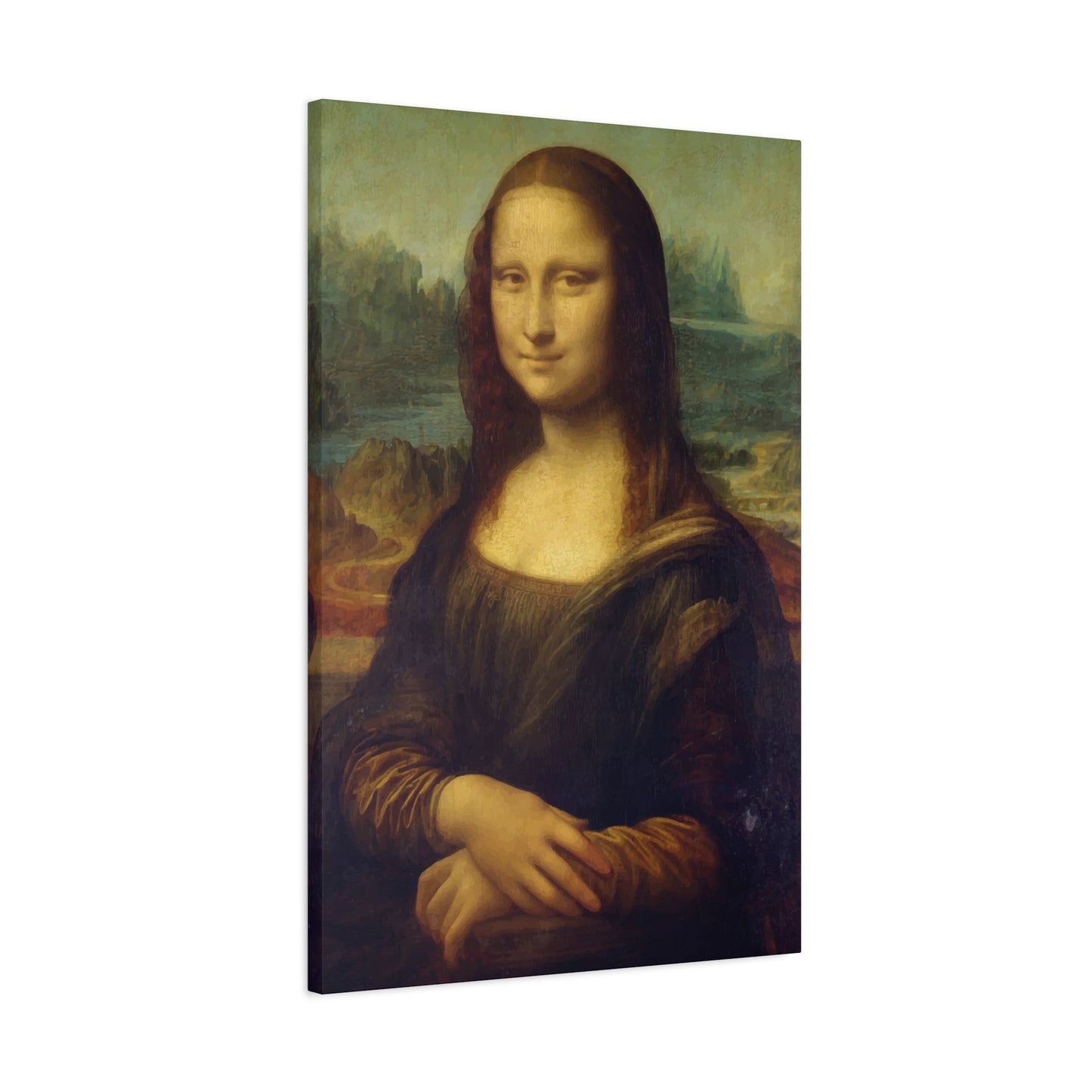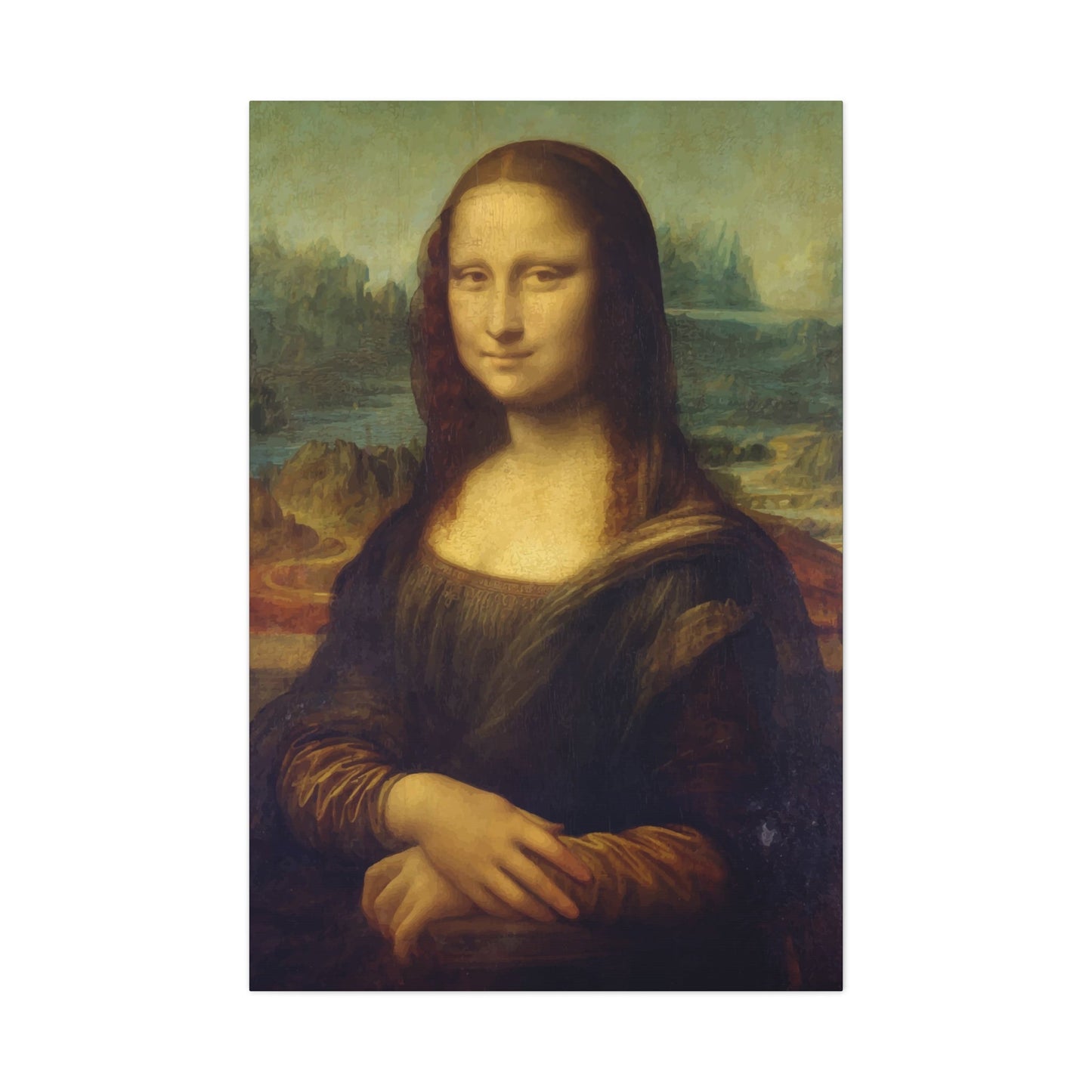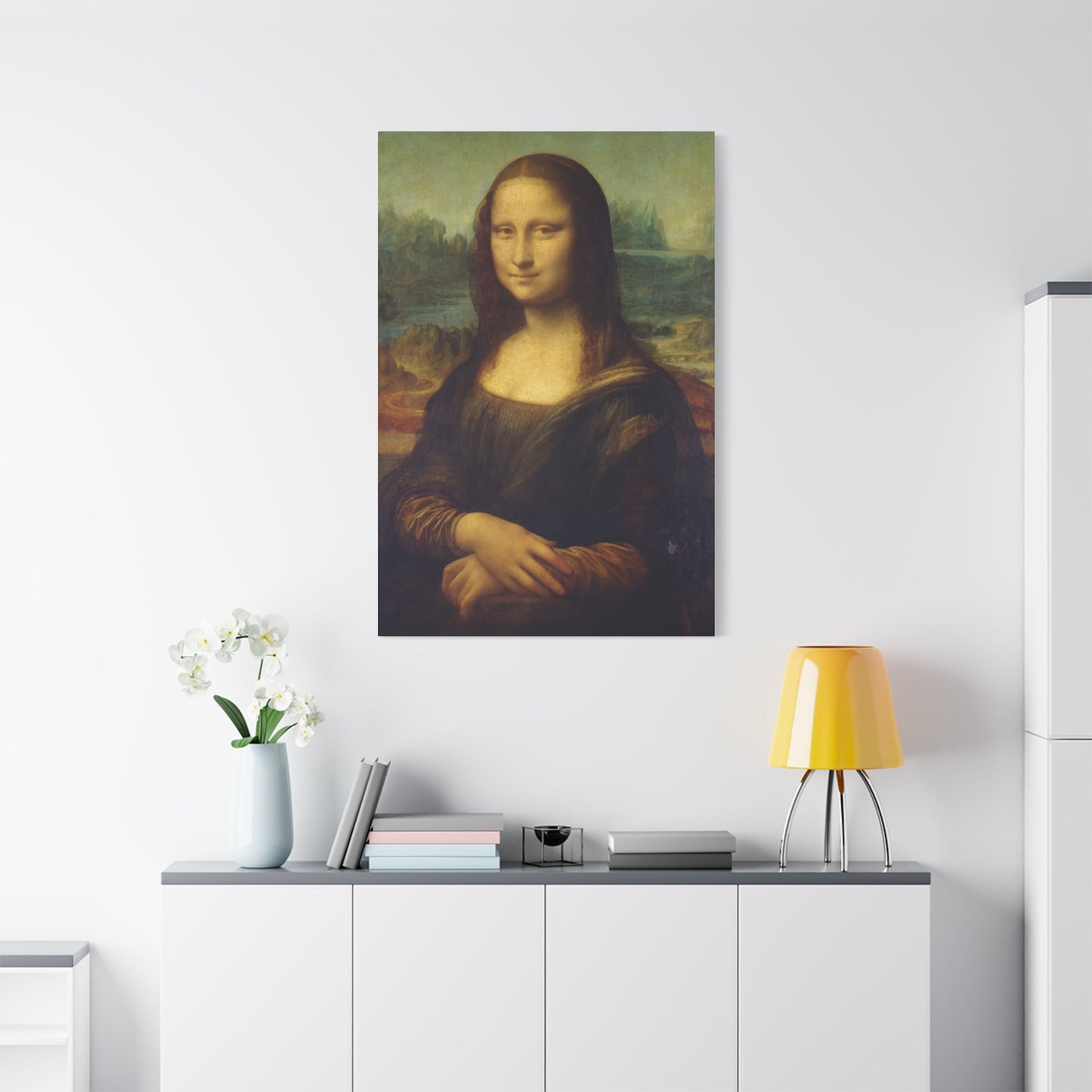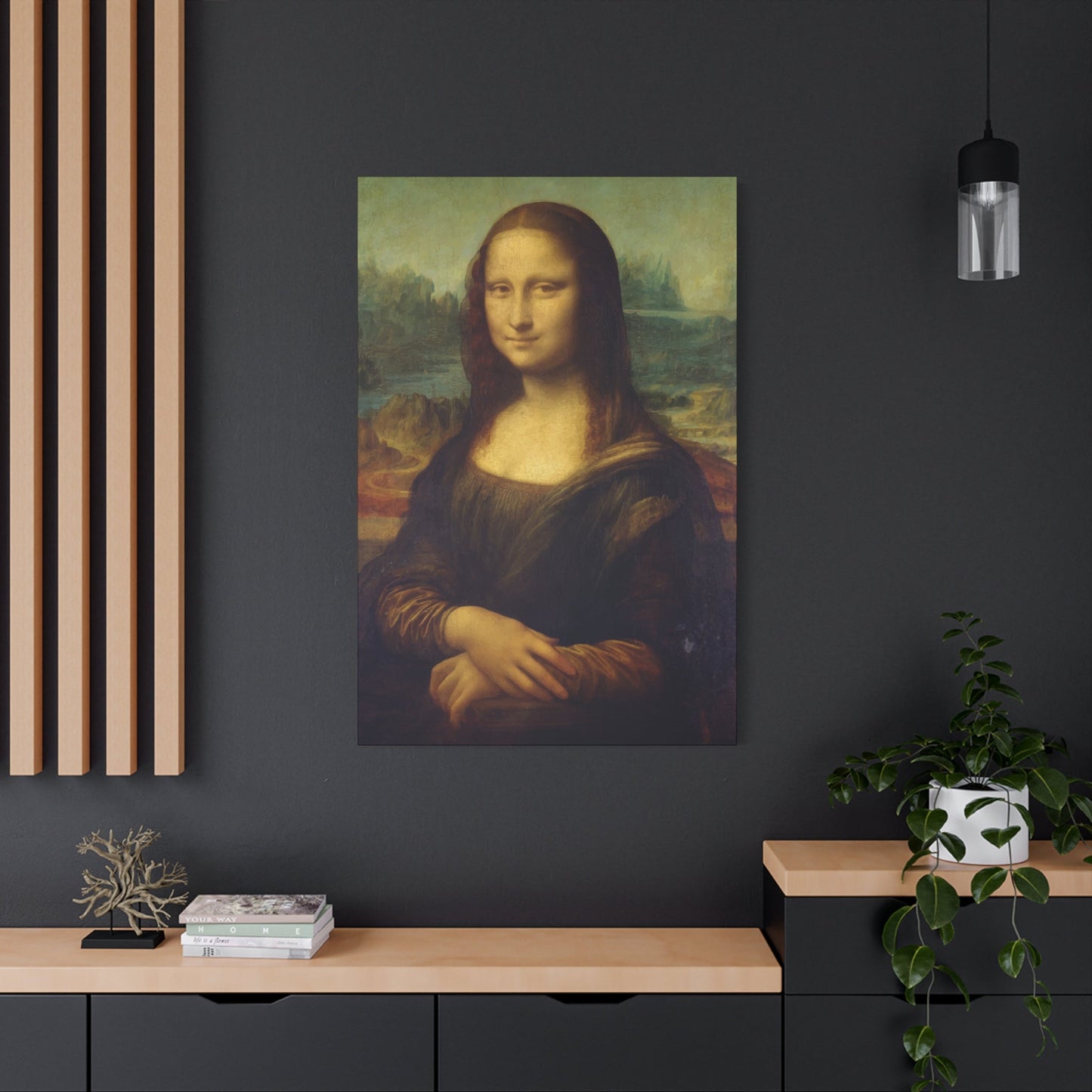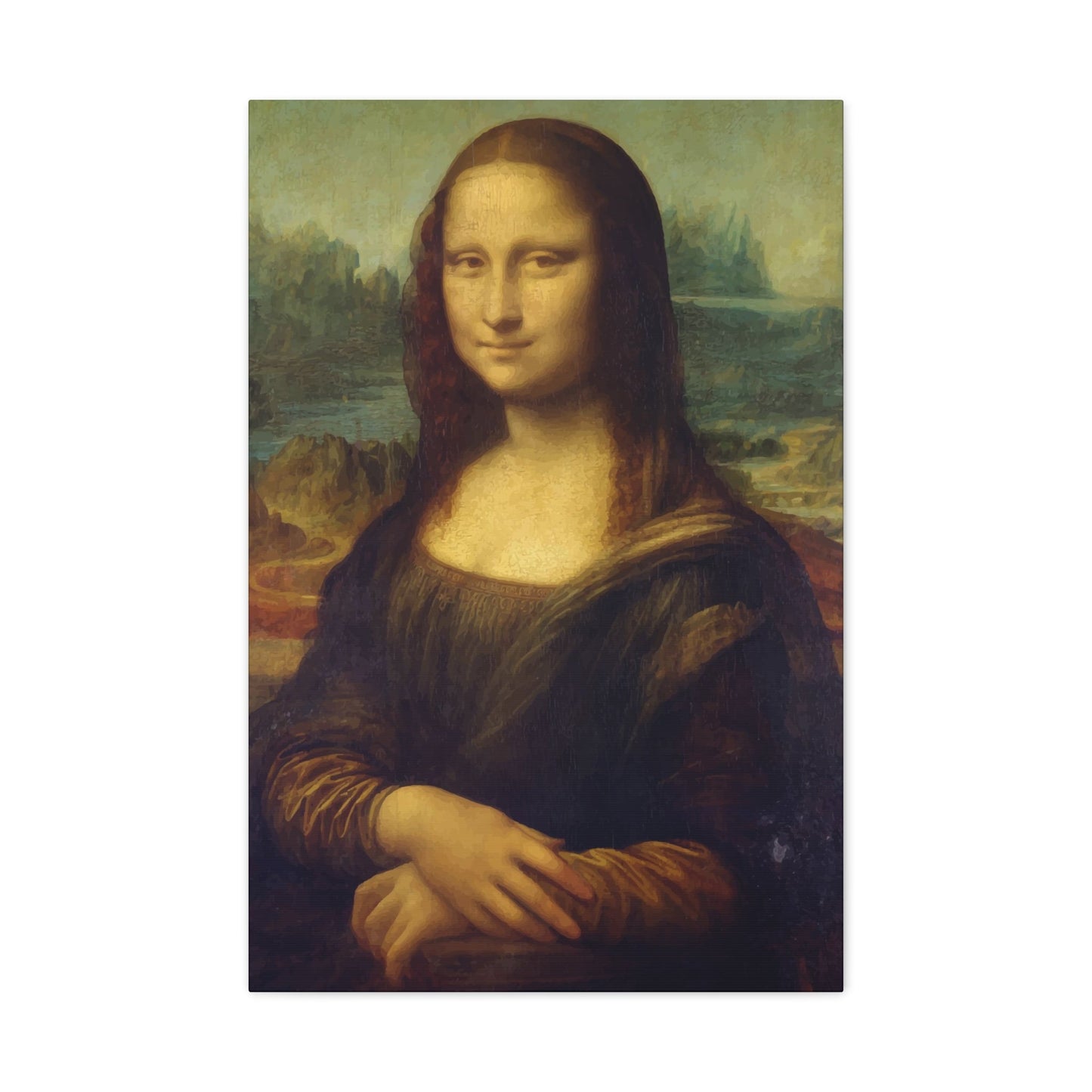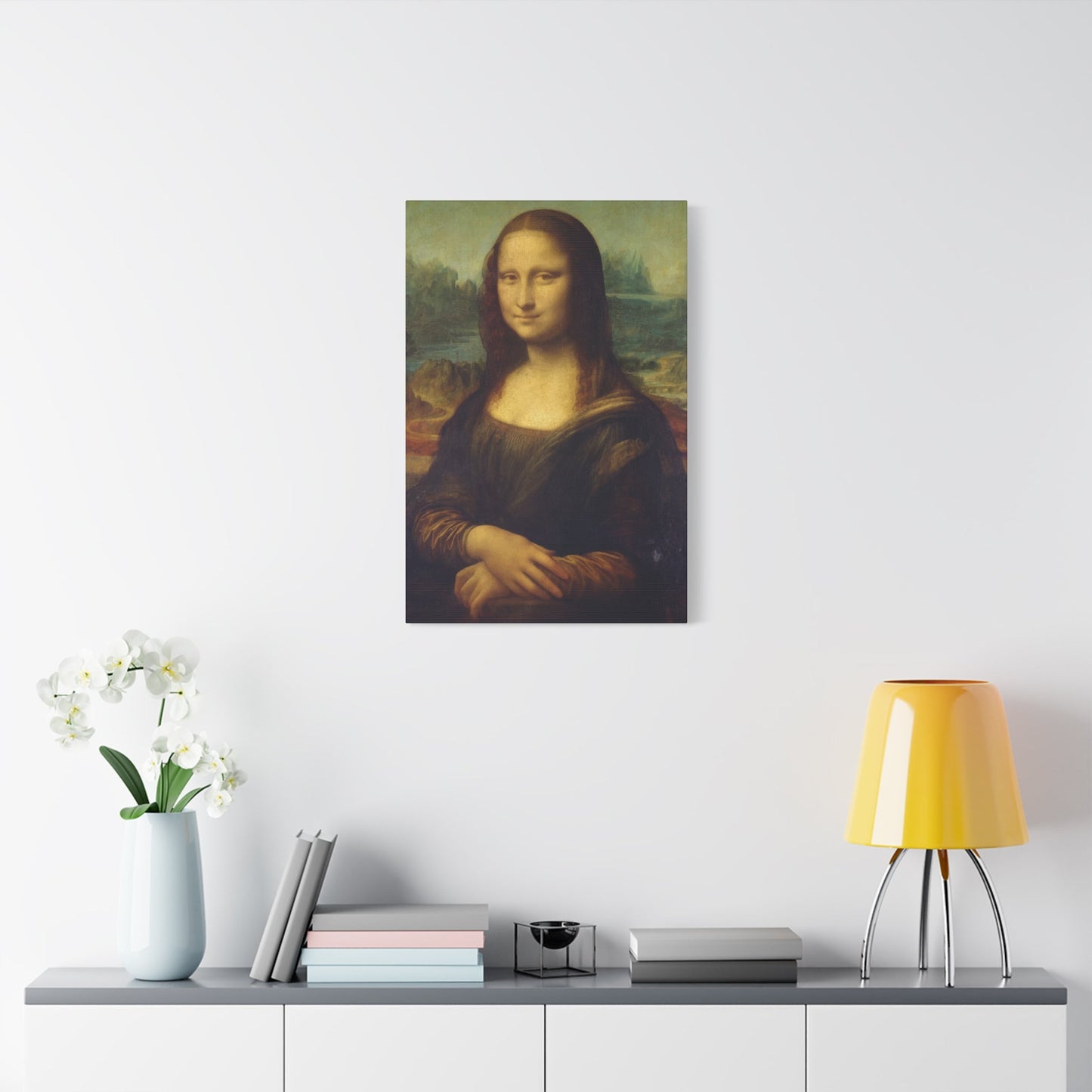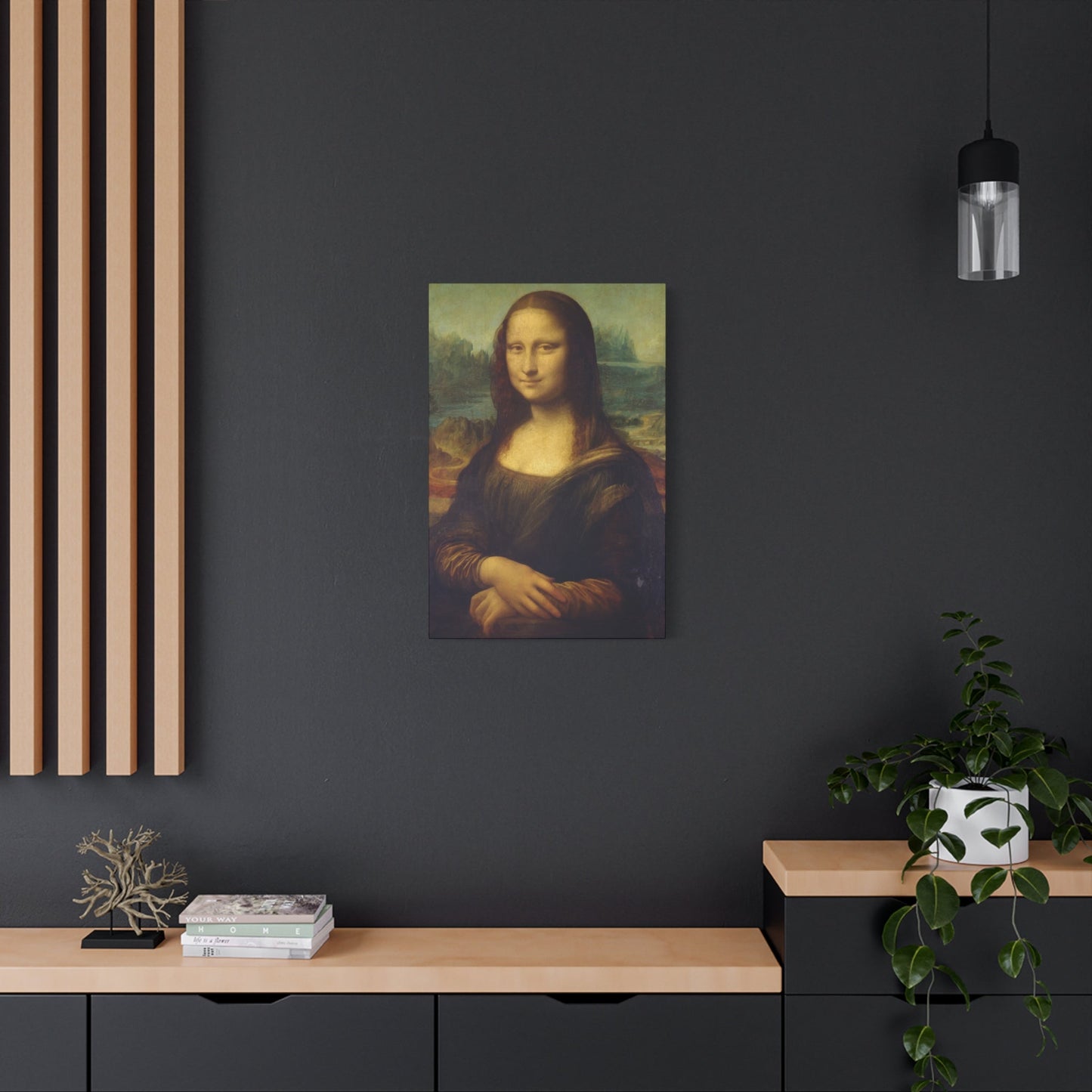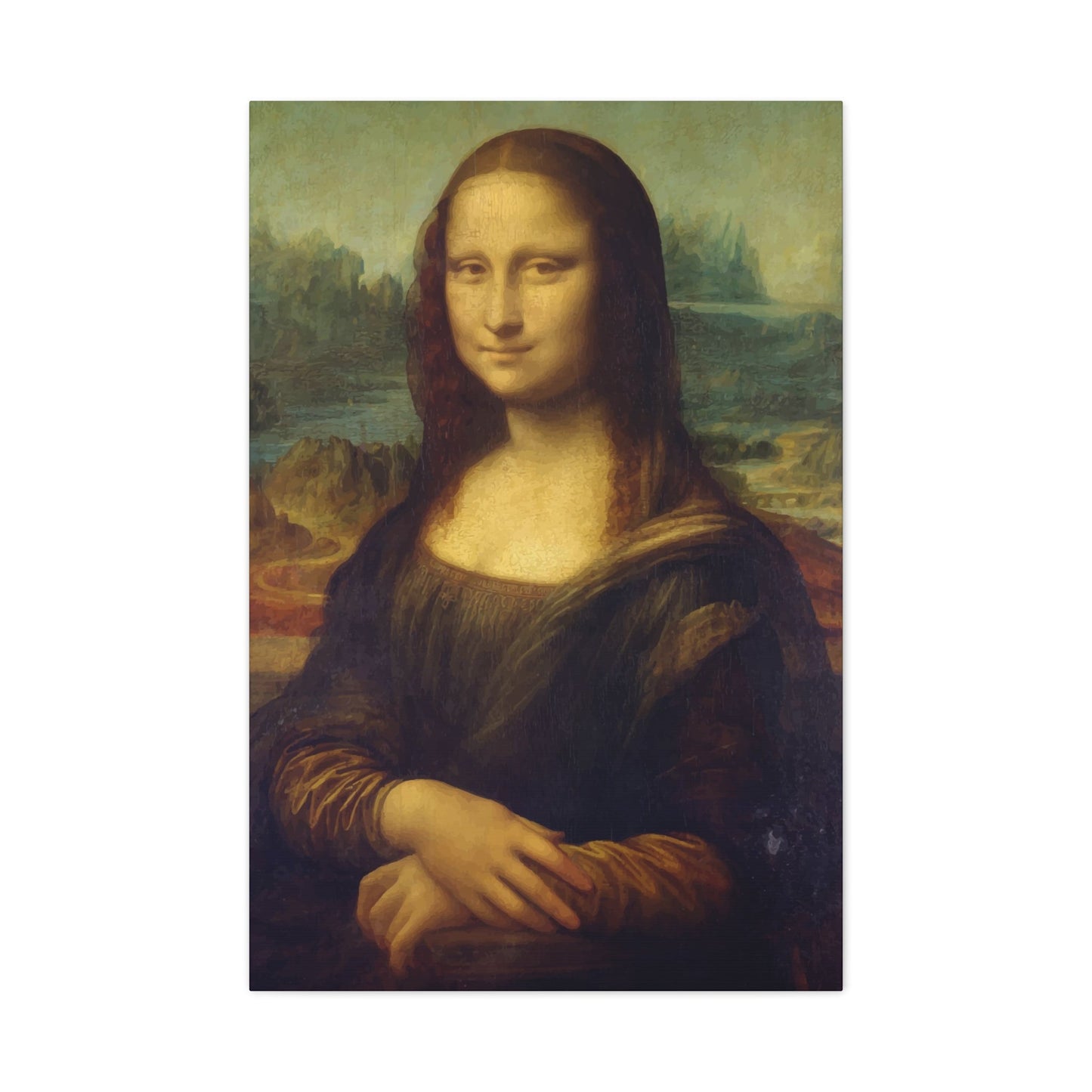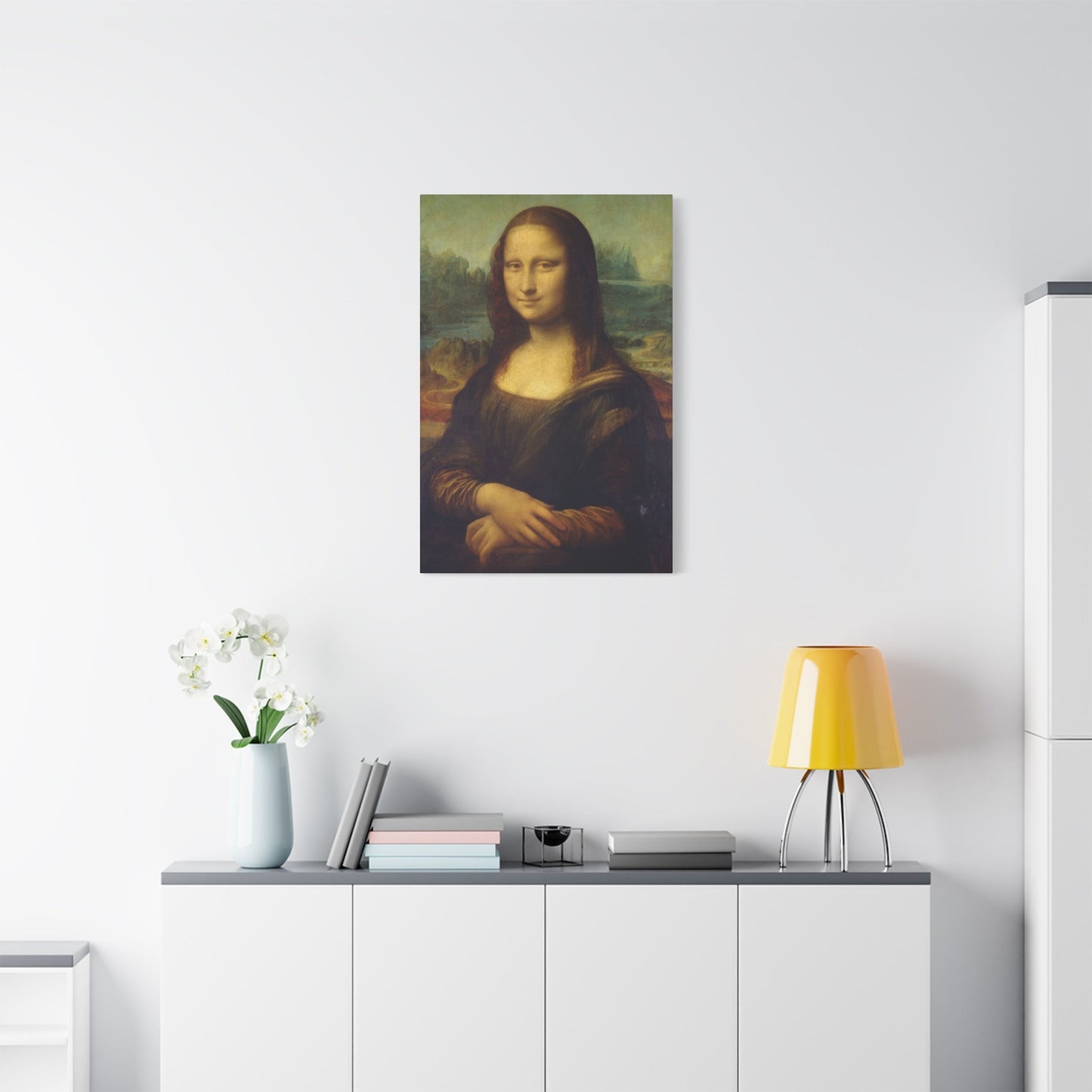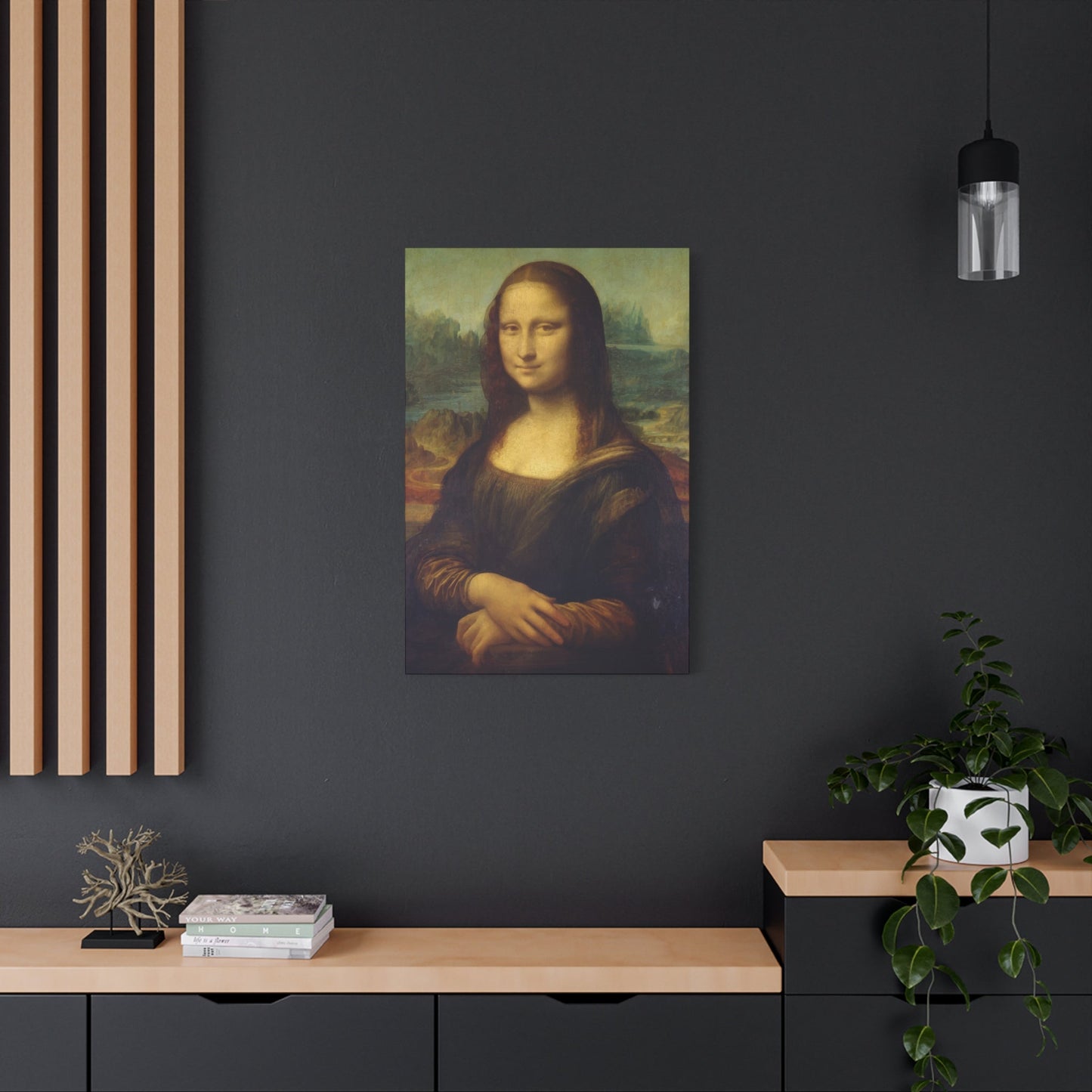Timeless Interiors: Decorating with Classic Style Wall Art
Classic style wall art represents the pinnacle of enduring design principles that transcend fleeting trends and seasonal preferences. When incorporating timeless interior elements into your living space, the selection of appropriate wall art becomes a cornerstone decision that influences the entire aesthetic narrative of your home. Classic wall art encompasses various artistic movements and styles that have proven their lasting appeal through decades or even centuries of appreciation.
The foundation of classic interior design lies in its ability to create spaces that feel both sophisticated and comfortable, environments where beauty and functionality coexist harmoniously. Traditional wall art serves as the visual anchor that ties together various design elements while establishing a sense of refinement and cultural appreciation. These artistic pieces often draw from established art historical movements such as Neoclassicism, Romanticism, Impressionism, and various Renaissance influences.
When selecting classic style wall art, consider pieces that feature balanced compositions, harmonious color palettes, and subjects that evoke timeless themes such as nature, portraiture, architectural studies, or abstract interpretations of classical motifs. The beauty of classic wall art lies in its ability to complement various interior design styles while maintaining its individual character and artistic integrity.
The placement of classic wall art requires careful consideration of lighting, surrounding furnishings, and overall room proportions. Natural lighting enhances the subtle nuances of traditional artistic techniques, while proper artificial lighting can create dramatic focal points during evening hours. The relationship between wall art and furniture should feel intentional rather than accidental, with pieces chosen to enhance rather than compete with existing design elements.
Classic style wall art also serves as an investment in long-term design satisfaction, as these pieces typically retain their visual appeal and cultural relevance over extended periods. Unlike trendy artwork that may feel dated within a few years, classic pieces continue to provide aesthetic pleasure and conversation value throughout changing interior design preferences and lifestyle modifications.
How Classic Canvas Prints Elevate Any Room
Classic canvas prints possess the remarkable ability to transform ordinary spaces into sophisticated environments that reflect refined taste and cultural awareness. The medium of canvas printing allows for the reproduction of masterful artworks while maintaining the textural qualities and visual depth that make original paintings so compelling. When strategically placed within interior spaces, classic canvas prints create immediate focal points that draw the eye and establish the room's aesthetic hierarchy.
The elevation effect of classic canvas prints stems from their ability to introduce layers of visual interest and cultural resonance into previously neutral or underdeveloped spaces. These prints often feature complex compositions, rich color relationships, and masterful technical execution that rewards closer examination while maintaining broad visual appeal. The canvas medium itself contributes to this elevating effect, as the fabric texture adds dimensionality and authenticity that paper prints cannot replicate.
Room transformation through classic canvas prints involves careful consideration of scale, subject matter, and color coordination. Large-scale prints can dominate smaller spaces while creating dramatic impact in spacious rooms. Medium-sized prints offer versatility for various wall configurations and furniture arrangements. The subject matter of classic prints should complement the room's function and intended atmosphere, whether seeking tranquil pastoral scenes for bedrooms or dynamic historical subjects for living areas.
The psychological impact of classic canvas prints extends beyond mere decoration, as these pieces often evoke emotional responses and intellectual engagement that enhance the overall living experience. Viewers may find themselves contemplating the historical context, artistic technique, or symbolic meaning of classic artworks, creating deeper connections with their living spaces and fostering appreciation for cultural heritage.
Quality classic canvas prints utilize advanced printing technologies and archival materials that ensure longevity and color stability. Investment in superior printing processes results in reproductions that maintain their visual impact over many years while resisting fading, moisture damage, and other environmental factors that can compromise lesser quality prints.
Statement Walls with Elegant Classic Art
Creating statement walls through elegant classic art requires a sophisticated approach that balances visual drama with refined taste. Statement walls serve as architectural features that define spaces while showcasing artistic preferences and cultural sophistication. The selection and arrangement of classic art pieces for statement walls demands careful attention to composition, scale relationships, and thematic coherence.
Elegant classic art encompasses a broad spectrum of artistic styles and periods, from Renaissance masterpieces to Impressionist landscapes, from Neoclassical sculptures to Baroque architectural studies. The elegance factor emerges from the inherent quality of artistic execution, the timeless appeal of subject matter, and the cultural significance of represented artistic movements. These elements combine to create visual statements that communicate refinement and appreciation for artistic heritage.
The physical construction of statement walls involves strategic placement of artwork to create maximum visual impact without overwhelming the space or its occupants. Gallery-style arrangements work well for collections of smaller pieces, while single large-scale works can anchor entire wall surfaces. The spacing between pieces, the height of placement, and the relationship to surrounding architectural features all contribute to the overall effectiveness of the statement wall.
Color coordination plays a crucial role in creating cohesive statement walls with classic art. The color palette of selected pieces should harmonize with existing interior colors while introducing enough contrast to maintain visual interest. Neutral backgrounds often allow classic artworks to shine without competition, while bold wall colors can create dramatic backdrops for carefully selected pieces that complement rather than clash with the chosen hue.
Lighting design significantly impacts the success of statement walls featuring elegant classic art. Professional-quality picture lighting, track systems, or strategically placed accent lights can highlight individual pieces while creating overall ambiance. The direction, intensity, and color temperature of lighting should enhance rather than distort the natural colors and details of the artwork.
Blending Modern and Classic Styles in Wall Decor
The successful integration of modern and classic styles in wall decor represents a sophisticated design challenge that rewards careful planning and artistic sensitivity. This blending approach creates dynamic interior environments that acknowledge historical artistic traditions while embracing contemporary design principles and lifestyle preferences. The key to successful style integration lies in identifying common elements between modern and classic aesthetics while respecting the unique characteristics of each approach.
Modern design principles emphasize clean lines, minimalist compositions, and functional beauty, while classic styles celebrate ornate details, complex compositions, and cultural references. The bridge between these seemingly opposing philosophies often exists in shared color palettes, complementary scales, or thematic connections that create visual harmony despite stylistic differences. Contemporary spaces can accommodate classic artwork when the pieces are selected and displayed with modern sensibilities.
Strategic placement becomes essential when combining modern and classic wall decor elements. Classic pieces may serve as focal points within predominantly modern spaces, while modern frames or display methods can update classic artwork for contemporary settings. The proportion of modern to classic elements should feel intentional rather than accidental, creating a curated appearance that reflects deliberate design choices.
Color relationships provide another avenue for successful style blending. Classic artwork often features rich, complex color palettes that can be echoed in modern accessories or furniture selections. Conversely, the neutral backgrounds common in modern design can provide excellent showcases for colorful classic pieces. The key lies in creating visual connections that unite disparate elements into cohesive design statements.
Textural contrasts enhance the visual interest of mixed-style wall decor arrangements. The smooth surfaces and geometric forms of modern design can provide striking contrasts to the organic textures and flowing forms often found in classic artwork. These juxtapositions create dynamic visual relationships that engage viewers and add sophistication to interior spaces.
Curating a Home Gallery with Classic Canvas Prints
The process of curating a home gallery with classic canvas prints requires the same attention to detail and artistic sensitivity that professional curators bring to museum exhibitions. Home galleries serve as personal expressions of artistic taste while creating immersive environments that showcase cultural appreciation and design sophistication. The curation process involves selecting pieces that work together harmoniously while maintaining individual integrity and visual interest.
Successful home gallery curation begins with establishing a clear vision or theme that will guide selection decisions and arrangement choices. Themes might focus on specific artistic periods, color relationships, subject matter, or formal qualities that create connections between disparate pieces. The chosen theme should reflect personal interests and complement the existing interior design while allowing for future expansion and modification.
The selection process for classic canvas prints should balance personal preference with objective artistic quality. Pieces should demonstrate technical excellence, compositional strength, and enduring appeal that justifies their inclusion in a curated collection. The scale and format of selected prints should accommodate the available wall space while creating appropriate visual relationships with surrounding furnishings and architectural features.
Arrangement strategies for home galleries can follow established museological principles adapted for residential settings. Sequential hanging creates narrative flow between pieces, while salon-style arrangements maximize wall coverage and create intimate viewing experiences. The height and spacing of individual pieces should facilitate comfortable viewing while maintaining visual balance and preventing overcrowding.
Documentation and cataloging of home gallery collections enhance both personal enjoyment and practical management. Maintaining records of artistic information, acquisition details, and conservation notes creates valuable references for future decisions and increases appreciation for individual pieces. This systematic approach elevates home collecting beyond casual decoration toward serious artistic engagement.
Classic Wall Art Ideas for Living Rooms
Living rooms serve as the primary social spaces within homes, making the selection of classic wall art particularly significant in creating welcoming environments that reflect personal style and cultural sophistication. Classic wall art in living rooms should balance visual impact with conversational comfort, providing interesting focal points without overwhelming the space or inhibiting social interaction. The scale, subject matter, and placement of classic pieces all contribute to successful living room integration.
Traditional living room wall art often features landscapes, portraits, still life compositions, or architectural studies that evoke a sense of established refinement and cultural awareness. These subjects provide visual interest without controversial content, making them ideal for spaces where diverse groups of people will gather and socialize. The timeless appeal of classic subjects ensures that artwork remains relevant and appreciated over extended periods.
Placement strategies for living room classic wall art should consider the room's primary seating arrangements and sight lines. Artwork placed behind seating areas creates backdrop interest for guests while remaining visible to room occupants. Gallery walls above fireplace mantels or entertainment centers create natural focal points that anchor the room's design scheme. The height of artwork should accommodate both seated and standing viewing perspectives.
Color coordination between classic wall art and living room furnishings creates cohesive design schemes that feel intentional and sophisticated. Classic artwork can either complement existing color palettes or introduce accent colors that add visual interest and depth. The warm tones often found in classic paintings can soften modern furniture selections while maintaining contemporary appeal.
Scale considerations become particularly important in living room applications, as pieces must be substantial enough to hold their own against large furniture pieces while not overwhelming intimate conversation areas. Multiple smaller pieces can create gallery walls that add visual texture, while single large-scale works can provide dramatic focal points that anchor entire room designs.
Bringing Sophistication with Traditional Canvas Prints
Traditional canvas prints offer an accessible avenue for introducing sophisticated artistic elements into contemporary living spaces. The sophistication factor emerges from the cultural heritage embedded in traditional artistic styles, the technical excellence of historical artistic methods, and the enduring appeal of time-tested aesthetic principles. When carefully selected and properly displayed, traditional canvas prints can elevate interior environments from merely functional to truly refined.
The definition of traditional in artistic contexts encompasses various historical periods and cultural movements that have established lasting influence on aesthetic development. Renaissance compositions, Baroque dramatic techniques, Neoclassical proportional systems, and Impressionist color theories all contribute to the rich tradition of artistic expression that informs contemporary print selections. Understanding these historical contexts enhances appreciation and guides selection decisions.
Quality considerations become paramount when selecting traditional canvas prints for sophisticated interior applications. Superior printing technologies, archival materials, and careful color calibration ensure that reproductions maintain the visual impact and cultural resonance of original artworks. Investment in quality prints provides long-term satisfaction and maintains the sophisticated appearance that justifies their inclusion in refined interior schemes.
Display techniques for traditional canvas prints should emphasize their artistic credentials while integrating them smoothly into contemporary living environments. Professional framing, appropriate lighting, and strategic placement all contribute to presentations that honor the artistic heritage while serving current design needs. The goal is creating displays that feel curated rather than merely decorative.
The psychological impact of traditional canvas prints contributes significantly to their sophistication value. These pieces often evoke contemplation, cultural awareness, and aesthetic appreciation that enriches daily living experiences. The presence of traditional artistic elements can inspire deeper engagement with cultural heritage while providing ongoing visual pleasure and intellectual stimulation.
How to Pair Classic Art with Contemporary Furniture
The successful pairing of classic art with contemporary furniture represents a sophisticated design challenge that can produce extraordinarily compelling interior environments. This combination requires careful attention to scale relationships, color harmonies, and stylistic contrasts that create visual tension while maintaining overall design coherence. The key lies in identifying complementary elements that bridge the gap between historical artistic traditions and modern design sensibilities.
Contemporary furniture design emphasizes clean lines, functional forms, and minimal ornamentation, creating neutral backdrops that can showcase classic artwork effectively. The simplicity of modern furniture allows classic pieces to command attention without stylistic competition, while the sophistication of contemporary design provides appropriate context for significant artistic works. This relationship works best when both elements maintain high quality standards and design integrity.
Scale considerations become crucial when combining classic art with contemporary furniture. Large-scale contemporary pieces require substantial artwork to maintain visual balance, while sleek modern furniture can be overwhelmed by overly dramatic classic pieces. The proportional relationships should feel intentional and harmonious, with neither element diminishing the impact of the other. Strategic placement can enhance these relationships and create compelling visual dialogues.
Color relationships provide another avenue for successful pairing strategies. Contemporary furniture often features neutral color palettes that can complement the rich colors found in classic artwork. Conversely, the bold colors sometimes used in modern furniture can be echoed in carefully selected classic pieces. The goal is creating color stories that unite disparate elements while maintaining their individual character and appeal.
Textural contrasts enhance the visual interest of classic art and contemporary furniture combinations. The smooth surfaces and geometric forms of modern furniture can provide striking contrasts to the organic textures and flowing forms often found in classic artwork. These juxtapositions create dynamic visual relationships that add sophistication and prevent monotonous interior environments.
Styling Your Bedroom with Classic Wall Art
Bedroom styling with classic wall art requires sensitivity to the intimate nature of private spaces while creating environments that promote rest, relaxation, and personal reflection. Classic artwork in bedrooms should evoke tranquility and beauty rather than stimulation or drama, making subject matter selection particularly important. The scale, color, and placement of classic pieces all contribute to successful bedroom integration that enhances rather than disrupts the space's primary function.
Subject matter for bedroom classic wall art traditionally favors peaceful landscapes, gentle portraits, floral compositions, or abstract works that promote calm contemplation. Avoid dramatic historical scenes, intense religious imagery, or works with high contrast or agitated compositions that might interfere with sleep or relaxation. The emotional resonance of selected pieces should align with the bedroom's role as a sanctuary from daily stresses and challenges.
Placement strategies for bedroom wall art should consider the room's primary sight lines and furniture arrangements. Artwork above headboards creates natural focal points while remaining visible from various positions within the room. Gallery arrangements on walls opposite beds provide viewing interest without competing with rest activities. The height and angle of placement should accommodate both reclined and upright viewing positions.
Color coordination becomes particularly important in bedroom applications, as the colors of wall art can significantly impact the room's mood and atmosphere. Soft, muted tones often work best for promoting relaxation, while rich, warm colors can create cozy, intimate environments. The relationship between artwork colors and existing bedroom furnishings should feel harmonious and intentional rather than accidental or conflicting.
Lighting considerations for bedroom wall art should balance visibility with ambiance requirements. Adjustable lighting systems allow artwork to be highlighted during active hours while maintaining subdued lighting appropriate for rest. Natural lighting throughout the day can reveal different aspects of classic pieces, adding visual interest and preventing monotony in frequently occupied spaces.
Creating a Focal Point with Timeless Canvas Prints
The creation of effective focal points using timeless canvas prints requires strategic thinking about visual hierarchy, spatial relationships, and aesthetic impact. Focal points serve as visual anchors that organize interior spaces while providing destinations for the eye and mind. Timeless canvas prints offer ideal focal point solutions because their enduring appeal ensures continued relevance and visual satisfaction over extended periods.
Effective focal point creation begins with identifying the natural architectural features and traffic patterns within a space. Walls opposite main entrances, areas above significant furniture pieces, or positions visible from multiple vantage points often provide optimal focal point locations. The selected position should feel natural and inevitable rather than forced or arbitrary, creating seamless integration with existing spatial dynamics.
Scale considerations become paramount when using timeless canvas prints as focal points. The artwork must be substantial enough to command attention without overwhelming the space or its occupants. Single large-scale pieces often work better than multiple smaller works for dramatic focal point creation, though carefully arranged groupings can also achieve significant visual impact when properly scaled and positioned.
Subject matter selection for focal point canvas prints should balance personal preference with broad appeal, as focal points receive frequent attention from both residents and visitors. Timeless subjects such as landscapes, architectural studies, or classical abstractions offer continued visual interest without becoming tiresome or controversial. The complexity of composition should reward closer examination while maintaining immediate visual impact.
Color relationships between focal point artwork and surrounding elements require careful coordination to achieve maximum effectiveness. Focal point pieces can either harmonize with existing color schemes or provide controlled contrast that adds visual excitement without creating chaos. The color intensity and distribution within the artwork should complement the room's overall color strategy while maintaining its focal point status.
Classic Wall Art for Elegant Hallways
Hallway spaces present unique opportunities and challenges for classic wall art display, as these transitional areas receive frequent but brief attention from both residents and guests. Elegant hallways featuring classic wall art can transform utilitarian passages into gallery-like experiences that add cultural sophistication to the home environment. The linear nature of most hallways requires careful consideration of viewing angles, lighting conditions, and traffic flow patterns.
Classic wall art in hallways should create visual interest while accommodating the rapid pace of typical hallway traffic. Sequential arrangements of related pieces can create narrative experiences that unfold as viewers move through the space. Alternatively, single significant pieces can provide dramatic focal points that command attention even during brief encounters. The scale of selected pieces should complement the hallway's proportions without creating visual obstacles or overwhelming narrow spaces.
Lighting design becomes particularly critical in hallway applications, as these spaces often receive limited natural lighting while serving as transitional zones between more brightly lit areas. Track lighting systems can provide focused illumination for individual pieces while maintaining overall ambiance. The direction and intensity of lighting should eliminate shadows and glare while revealing the details and colors that make classic artwork compelling.
Thematic coherence in hallway wall art arrangements can create unified experiences that reflect the home's overall aesthetic direction. Series of related pieces, whether connected by artistic period, color palette, or subject matter, can transform long hallways into immersive gallery experiences. The progression of pieces should feel logical and intentional, creating anticipation and satisfaction as viewers move through the space.
Protection considerations for hallway wall art include security from high traffic volumes, potential impact from furniture or personal items, and environmental factors such as temperature fluctuations from nearby doors. Proper mounting systems, protective glazing where appropriate, and strategic placement can ensure longevity while maintaining aesthetic appeal and accessibility for cleaning and maintenance.
Adding Depth and Texture with Traditional Canvas Pieces
Traditional canvas pieces offer unique opportunities to introduce depth and texture into interior spaces through both their artistic content and physical presence. The canvas medium itself provides textural interest that distinguishes these pieces from smooth paper prints or digital displays, while traditional artistic techniques often emphasize dimensional qualities that create visual depth and spatial interest.
The physical texture of canvas creates subtle shadow patterns and surface variations that add tactile appeal to wall displays. This textural quality becomes particularly valuable in modern interiors where smooth surfaces and minimal ornamentation can create sterile environments lacking sensory interest. Traditional canvas pieces provide organic texture that softens hard architectural elements while maintaining sophisticated appearance and cultural significance.
Artistic techniques traditionally associated with canvas painting create visual depth through layered compositions, atmospheric perspective, and masterful use of light and shadow. Renaissance paintings demonstrate linear perspective systems that create convincing spatial illusions, while Impressionist works achieve depth through color relationships and brushwork techniques. These traditional approaches to creating depth provide ongoing visual interest that rewards extended contemplation.
Layering strategies using multiple traditional canvas pieces can amplify depth effects while creating complex visual relationships. Overlapping frames, varied hanging heights, and strategic spacing can create dimensional wall displays that project into room space while maintaining flat wall mounting. The interplay between individual pieces and their collective arrangement can produce depth effects greater than the sum of individual components.
Color depth achieved through traditional artistic techniques adds richness and complexity to interior color schemes. The subtle gradations, atmospheric effects, and sophisticated color mixing found in traditional canvas pieces can provide inspiration for interior color choices while adding visual complexity that prevents monotonous environments. The depth of color achieved through traditional methods often surpasses contemporary printing techniques in subtlety and nuance.
From Renaissance to Modern Classic: Wall Art Inspirations
The evolution from Renaissance artistic principles to modern classic interpretations provides a rich source of inspiration for contemporary wall art selection and interior design integration. Renaissance art established foundational principles of composition, proportion, and technique that continue to influence artistic expression and aesthetic appreciation. Modern classic interpretations build upon these traditions while incorporating contemporary sensibilities and technical innovations.
Renaissance wall art inspiration derives from the period's emphasis on balanced compositions, realistic representation, and cultural significance. Portraits, religious scenes, mythological subjects, and architectural studies from this era demonstrate technical mastery and aesthetic principles that remain compelling centuries after their creation. Modern reproductions of Renaissance masterpieces can provide similar inspiration while accommodating contemporary living spaces and lifestyles.
Baroque influences contribute dramatic lighting effects, dynamic compositions, and emotional intensity that can create powerful focal points in contemporary interiors. The movement's emphasis on contrast, both visual and emotional, translates effectively to modern wall art applications where drama and sophistication are desired. Baroque-inspired pieces can add gravitas and cultural depth to formal living spaces and elegant entertaining areas.
Neoclassical principles emphasizing order, symmetry, and cultural refinement provide templates for creating sophisticated wall art arrangements that reflect educated taste and appreciation for cultural heritage. The movement's emphasis on classical proportions and noble subjects translates well to contemporary applications where elegance and timeless appeal are priorities. Neoclassical-inspired arrangements can anchor formal design schemes while maintaining broad appeal.
Modern classic interpretations synthesize historical artistic principles with contemporary aesthetics and production techniques. These pieces maintain the compositional strength and cultural resonance of traditional art while incorporating color palettes, subject matter, and presentation methods that complement contemporary living environments. Modern classic pieces often provide the best balance between cultural significance and practical application in today's interior design contexts.
Enhancing Office Spaces with Classic Canvas Prints
Office spaces present unique opportunities for classic canvas print integration, as professional environments benefit from the cultural sophistication and intellectual resonance that traditional artwork provides. Classic pieces can humanize corporate environments while maintaining professional appearance standards and contributing to productive, inspiring work atmospheres. The selection and placement of classic canvas prints in office settings requires consideration of both aesthetic and functional requirements.
Professional credibility can be enhanced through carefully selected classic artwork that demonstrates cultural awareness and refined taste. Historical portraits, landscape paintings, architectural studies, and abstract compositions based on classical principles can create environments that inspire confidence in both clients and employees. The timeless appeal of classic pieces ensures that investments in office artwork remain appropriate and valuable over extended periods.
Productivity benefits may result from the presence of inspiring artwork that provides mental respite during intensive work periods. Classic landscapes can offer momentary escape from demanding tasks, while portraits or historical scenes can provide contemplation opportunities that refresh perspective and creativity. The intellectual engagement prompted by classic artwork can stimulate creative thinking and problem-solving approaches.
Space planning for office classic canvas prints should consider traffic patterns, meeting areas, and work zone requirements. Reception areas benefit from impressive pieces that create positive first impressions, while individual office spaces can accommodate more personal selections that inspire and motivate. Conference rooms can feature artwork that facilitates discussion and demonstrates organizational sophistication.
Maintenance considerations for office environments include durability requirements, cleaning accessibility, and security concerns. High-quality canvas prints with protective glazing can withstand office environmental conditions while maintaining appearance over extended periods. Professional mounting systems ensure security while allowing for periodic rearrangement or replacement as organizational needs evolve.
Statement Pieces: Large-Scale Classic Wall Art
Large-scale classic wall art creates dramatic focal points that can transform entire rooms while demonstrating sophisticated taste and cultural appreciation. Statement pieces command attention through their substantial presence while providing opportunities for impressive artistic display that elevates interior environments beyond mere decoration toward genuine cultural engagement. The selection, placement, and integration of large-scale classic pieces requires careful planning and significant commitment to achieving maximum impact.
Scale relationships become critical considerations when incorporating large classic wall art into residential or commercial spaces. The artwork must be proportionally appropriate for the available wall space while maintaining comfortable relationships with surrounding furniture and architectural features. Oversized pieces can overwhelm intimate spaces, while undersized pieces may appear insignificant in spacious environments. The goal is achieving dramatic impact while maintaining spatial harmony.
Subject matter selection for large-scale classic statement pieces should emphasize visual strength and enduring appeal that justifies the substantial wall space commitment. Historical scenes, grand landscapes, architectural studies, or significant portraits often work well at large scales where details can be appreciated from various viewing distances. The complexity and richness of large classic pieces should reward both distant viewing and close examination.
Installation requirements for large-scale classic wall art include structural considerations, professional mounting systems, and strategic placement planning. Heavy pieces may require wall reinforcement or specialized hanging hardware to ensure safe and secure display. The installation process should be planned carefully to avoid damage to both artwork and interior surfaces while achieving optimal positioning for maximum visual impact.
Investment considerations for large-scale classic statement pieces include initial acquisition costs, installation expenses, and long-term satisfaction potential. Quality reproductions of significant classic works can provide substantial visual impact at relatively reasonable costs compared to original artworks. The enduring appeal of classic pieces helps justify substantial investments while providing continued enjoyment and potential appreciation over time.
Mixing Patterns and Colors with Classic Style Prints
The successful integration of classic style prints with existing patterns and colors requires sophisticated understanding of design principles and aesthetic relationships. Classic artwork often features complex color palettes and intricate compositional patterns that must be carefully coordinated with interior furnishings to achieve harmonious results. The process involves balancing visual elements to create cohesive environments that celebrate both artistic and decorative elements.
Pattern relationships between classic prints and interior furnishings can create either harmonious or contrasting effects depending on design intentions and aesthetic preferences. Similar patterns can create unified environments where artwork and furnishings reinforce common themes, while contrasting patterns can add visual excitement and dynamic tension. The scale and intensity of patterns should be carefully balanced to prevent overwhelming or conflicting visual effects.
Color coordination strategies for classic style prints should consider both dominant and accent colors within the artwork and how these relate to existing interior color schemes. Classic pieces can either complement established color palettes or introduce new accent colors that enliven neutral environments. The warmth or coolness of colors should be consistent throughout the space to maintain visual harmony and prevent jarring transitions.
Texture mixing opportunities arise when combining classic prints with various fabric and material selections in furniture and accessories. The visual texture of painted surfaces in classic artwork can be echoed or contrasted with actual textures in upholstery, window treatments, and decorative accessories. These relationships add depth and sensory interest while maintaining sophisticated appearance standards.
Balance considerations involve distributing visual weight throughout the space to prevent any single element from overwhelming the overall composition. Large, colorful classic prints may require subtle furnishing selections, while neutral artwork can accommodate bolder decorative choices. The goal is creating environments where all elements contribute to unified aesthetic statements rather than competing for attention.
Affordable Ways to Decorate with Timeless Wall Art
Budget-conscious decorating with timeless wall art requires strategic planning and creative approaches that maximize aesthetic impact while minimizing financial investment. Affordable options exist for incorporating classic artistic elements into interior environments without compromising quality or visual effectiveness. The key lies in understanding which investments provide the greatest return in terms of visual impact and long-term satisfaction.
Print quality considerations remain important even when working within budget constraints, as poor-quality reproductions can undermine the sophisticated appearance that classic artwork should provide. Research printing technologies, paper and canvas options, and color reproduction standards to identify affordable sources that maintain acceptable quality levels. Investment in slightly higher quality prints often provides significantly better long-term value than cheapest available options.
Strategic selection processes can help identify classic pieces that provide maximum impact within budget limitations. Lesser-known works by recognized artists, public domain masterpieces, or contemporary interpretations of classic styles can offer similar aesthetic benefits at reduced costs compared to famous masterpieces. The goal is finding pieces that provide authentic classic appeal without premium pricing associated with iconic works.
DIY framing and display options can significantly reduce overall costs while allowing for customized presentations that complement specific interior requirements. Learning basic framing techniques, sourcing materials from wholesale suppliers, or utilizing ready-made frames can provide professional-looking results at fraction of professional framing costs. The time investment required for DIY approaches should be weighed against potential savings and desired quality levels.
Gradual collection building allows for affordable acquisition of quality classic wall art over extended periods while maintaining budget control. Starting with one significant piece and adding complementary works over time can create impressive collections without substantial initial investment. This approach also allows for careful consideration of each addition and ensures compatibility with evolving interior design preferences.
How Classic Canvas Prints Add Warmth to Interiors
Classic canvas prints possess inherent qualities that add warmth and human comfort to interior environments through their artistic content, color palettes, and cultural associations. The warmth factor emerges from multiple sources including the organic nature of traditional artistic subjects, the rich color relationships found in historical artworks, and the psychological comfort provided by familiar artistic traditions and cultural references.
Color temperature effects in classic canvas prints often emphasize warm tones such as golden yellows, rich oranges, deep reds, and earth-based browns that create cozy, inviting atmospheres. These warm color palettes contrast effectively with the cool tones often found in contemporary architecture and furnishings, providing balance and visual comfort that makes spaces feel more livable and welcoming. The complexity of color relationships in classic works adds depth that prevents monotonous environments.
Subject matter in classic artwork frequently features organic forms, natural landscapes, human figures, and domestic scenes that evoke familiarity and comfort. These subjects create psychological connections that make spaces feel more human-scale and personally meaningful compared to abstract or industrial imagery. The narrative content of classic pieces can provide emotional engagement that enriches daily living experiences while adding conversational interest.
Textural warmth results from the canvas medium itself and the visible brushwork or printing textures that add tactile interest to wall surfaces. These physical qualities provide sensory richness that softens hard architectural elements while maintaining sophisticated appearance. The dimensional quality of canvas prints creates subtle shadow patterns and surface variations that add visual movement and prevent flat, sterile wall presentations.
Cultural warmth derives from the historical and artistic associations embedded in classic artwork, creating connections to broader human experiences and cultural heritage. The presence of classic pieces can make environments feel more cultivated and meaningful while providing ongoing sources of contemplation and appreciation. This cultural dimension adds intellectual comfort that enhances the emotional warmth provided by visual and textural elements.
Curating a Sophisticated Wall Art Collection
The development of sophisticated wall art collections requires long-term planning, consistent aesthetic vision, and gradual refinement of selection criteria and display techniques. Sophisticated collections demonstrate developed taste, cultural awareness, and commitment to artistic quality that extends beyond casual decoration toward serious engagement with artistic heritage and contemporary interpretation. The curation process involves both acquisition decisions and presentation strategies that maximize individual pieces while creating cohesive collective statements.
Vision development should precede acquisition activities, as clear aesthetic direction guides selection decisions and prevents costly mistakes or incompatible purchases. The vision might focus on specific artistic periods, color relationships, thematic content, or formal qualities that create connections between diverse pieces. Flexibility within the established vision allows for unexpected discoveries while maintaining overall coherence and quality standards.
Quality standards should emphasize artistic merit, technical excellence, and enduring appeal rather than purely decorative considerations. Sophisticated collections often include fewer pieces of higher quality rather than numerous lesser works that dilute overall impact. Each acquisition should contribute meaningfully to the collection's development while maintaining independent artistic value and visual interest.
Documentation practices enhance both personal enjoyment and collection management while demonstrating serious commitment to artistic engagement. Maintaining records of artistic information, acquisition details, condition reports, and display history creates valuable references for future decisions and insurance purposes. This systematic approach elevates home collecting beyond casual accumulation toward professional standards and practices.
Display evolution should accommodate collection growth while maintaining high presentation standards and visual effectiveness. Flexible display systems allow for periodic rearrangement, seasonal rotation, or temporary exhibition of specific pieces. The relationship between individual works and their collective presentation should feel curated and intentional rather than arbitrary or purely decorative.
Incorporating Classic Prints into Minimalist Spaces
The integration of classic prints into minimalist spaces requires careful consideration of scale, selection, and placement strategies that honor both the simplicity of minimalist design principles and the cultural significance of classic artwork. Minimalist environments can provide excellent showcases for carefully chosen classic pieces while benefiting from the human warmth and cultural depth that traditional artwork provides to otherwise austere spaces.
Selection criteria for minimalist applications should emphasize pieces with clean compositions, restrained color palettes, and timeless appeal that complement rather than conflict with minimalist aesthetic principles. Simple landscapes, architectural studies, or abstract interpretations of classical themes often work better than complex historical scenes or ornate decorative pieces. The goal is finding classic works that feel essential rather than excessive within minimalist contexts.
Placement strategies should emphasize quality over quantity, with single significant pieces creating focal points rather than multiple works creating visual complexity. The minimalist principle of intentional placement applies equally to artwork selection, where each piece should serve a clear purpose and contribute meaningfully to the overall environment. Empty wall space becomes as important as occupied areas in maintaining minimalist visual balance.
Color relationships between classic prints and minimalist interiors should maintain the restrained palettes typical of minimalist design while adding subtle warmth and visual interest. Neutral backgrounds common in minimalist spaces can provide excellent showcases for classic artwork while allowing the pieces to command appropriate attention without overwhelming the space or competing with functional elements.
Scale considerations become particularly important in minimalist applications where oversized pieces can dominate spaces while undersized works may appear insignificant against large expanses of empty wall. The proportional relationship between artwork and available space should feel intentional and balanced, with pieces substantial enough to hold their own while respecting minimalist restraint principles.
Decorating with Historical and Iconic Art Styles
Historical and iconic art styles provide rich sources of inspiration and cultural connection for contemporary interior decorating while offering opportunities to engage with significant artistic movements and cultural developments. The incorporation of historically significant art styles requires understanding of their cultural contexts, aesthetic principles, and contemporary relevance to create meaningful connections between past artistic achievements and current living environments.
Renaissance style elements emphasize balanced compositions, realistic representation, and cultural sophistication that translate effectively to contemporary applications seeking elegance and refinement. Portraits, religious scenes, mythological subjects, and architectural studies from this period demonstrate technical mastery and aesthetic principles that remain compelling in modern contexts. Renaissance-inspired decorating creates environments that celebrate human achievement and cultural development.
Baroque influences contribute dramatic lighting effects, dynamic compositions, and emotional intensity that can create powerful focal points in contemporary interiors. The movement's emphasis on contrast and theatrical presentation translates effectively to modern applications where drama and cultural sophistication are desired. Baroque-inspired elements can add gravitas and historical depth to formal entertaining spaces and elegant reception areas.
Impressionist principles emphasizing color relationships, light effects, and atmospheric qualities provide inspiration for creating environments that feel fresh, optimistic, and connected to natural experiences. Landscape paintings, garden scenes, and outdoor activities depicted in Impressionist styles can bring natural warmth and seasonal variety to interior spaces while maintaining sophisticated artistic credentials.
Art Nouveau decorative elements featuring organic forms, flowing lines, and integrated design principles can create unified environments where artwork and interior design elements work together harmoniously. The movement's emphasis on craftsmanship and artistic integration provides models for contemporary applications seeking to blur boundaries between art and decoration while maintaining high aesthetic standards.
Conclusion
Classic style wall art provides a refined and enduring approach to decorating interiors, offering a seamless blend of elegance, history, and visual harmony. By incorporating pieces inspired by traditional art forms, historic motifs, and timeless compositions, homeowners can transform walls into sophisticated focal points that enhance the character and depth of any room. From stately living rooms and formal dining areas to cozy reading nooks and studies, classic wall art elevates interiors by adding layers of culture, taste, and artistic refinement.
The appeal of classic style wall art lies in its ability to transcend trends while maintaining lasting beauty. Artists and designers draw upon centuries of creative heritage, from Renaissance-inspired paintings to neoclassical and ornamental designs, producing works that convey balance, proportion, and grace. The attention to detail in composition, color, and texture ensures that each piece resonates with viewers, evoking admiration, nostalgia, and a sense of continuity. Whether it features serene landscapes, figurative studies, or intricate patterns, classic wall art provides visual stability and a sense of timeless sophistication within contemporary and traditional spaces alike.
Beyond aesthetics, classic wall art carries symbolic and emotional resonance. Many pieces reflect cultural heritage, storytelling, and human experience, inviting reflection and enriching the atmosphere of a room. Incorporating these artworks encourages mindfulness and appreciation for artistic mastery, allowing homeowners to craft interiors that feel curated, meaningful, and deeply personal. The enduring nature of classic motifs ensures that these spaces remain relevant and inspiring over time, creating interiors that celebrate both beauty and tradition.
From a design perspective, classic style wall art is highly versatile. Large-scale paintings or canvas prints can serve as commanding centerpieces, while smaller framed pieces add subtle sophistication and rhythm to walls. The use of neutral tones, warm hues, and balanced compositions allows these artworks to complement a variety of décor styles, including traditional, transitional, and eclectic interiors. Their presence fosters cohesion, elegance, and visual interest without overwhelming other design elements.
Ultimately, decorating with classic style wall art is more than a design choice—it is a commitment to timeless beauty, artistic heritage, and enduring sophistication. By integrating these pieces into interiors, individuals can create spaces that inspire admiration, evoke a sense of history, and celebrate the lasting power of art. Classic wall art transforms walls into meaningful expressions of style, culture, and refinement, elevating every room with elegance, balance, and enduring charm.













